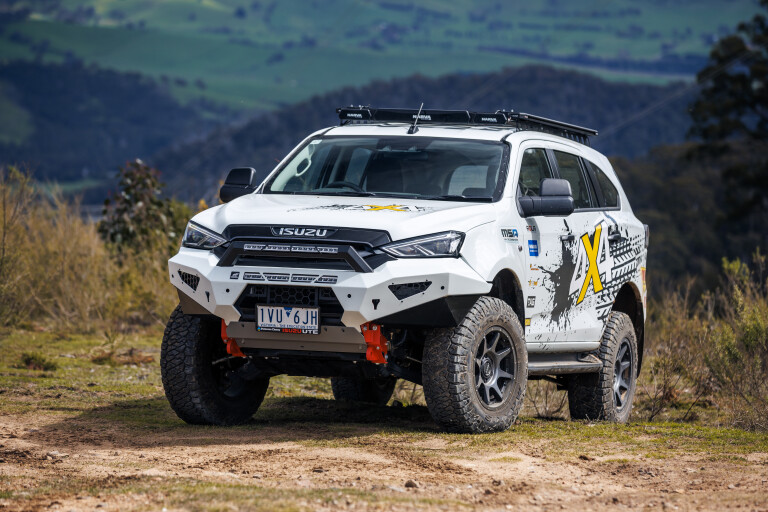
Wagon or ute?
Sure, dual-cab utes are more popular than cold beer at Mt Dare Hotel on a Friday night, but does that mean they are the right choice for you?
There are many fantastic canopy manufacturers in Australia these days, and for those needing a vehicle for work-and-play, a dual-cab with a canopy ticks many boxes. But they are also a compromise. They don’t ride that great unladen, they don’t handle that well either thanks to the majority of utes having leaf springs and let’s not go into drum brakes on the rear.
The majority of wagons will ride and handle better than utes, because they have coil springs on all four corners. This is why I personally have ditched my Hilux for an FJ Cruiser, and haven’t looked back. It does everything, except store gear, better than the ute.

How many passengers do you need to transport? Even if you only have two kids for example, you might need a seven-seater to transport their friends or family around to soccer of a weekend. How long are you planning on keeping the vehicle also, because you might not need seven seats now but you could in a few years’ time, thus ruling out a dual-cab ute.
There’s also some sort of irony about buying a dual cab, and then having to spend a few thousand dollars more on a canopy so you can stash gear in the tub. And no, I’m not having a go at canopies, their owners, manufacturers or dual-cab utes. They serve a brilliant purpose, but did you ask yourself if you might have been better off with the wagon?
I don’t want to come across preachy here, but I do want to stress the importance of buying the right vehicle for your needs, trust me, I’ve made this mistake more times than I’d like to admit over the last 20 years.
What are you using it for?
You don’t need a four-inch lift and 35-inch mud-terrain tyres to drive on Fraser Island, nor will highway-terrain tyres cut the mustard if the Glasshouse Mountains is your preferred playground. It’s fine to dream about the ultimate four-wheel drive, I do it daily, but it’s important to be realistic about what your actual needs are verses wants.
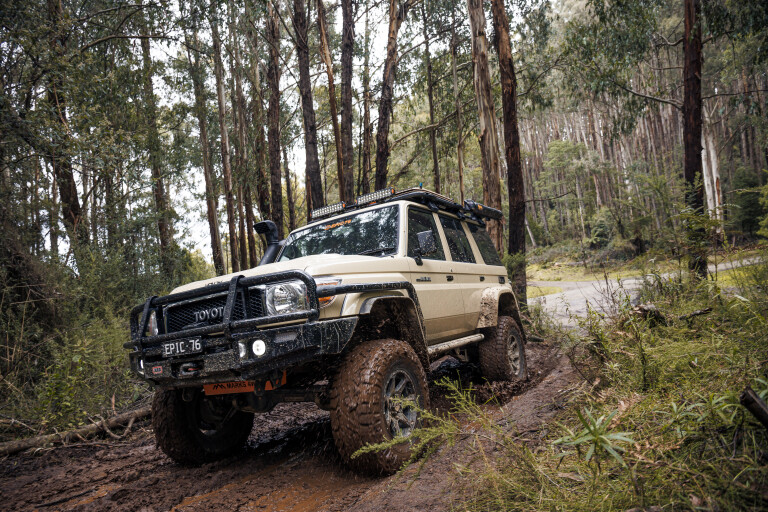
Is long-distance touring in your future plans? Or perhaps you need a vehicle for work purposes that can also be used on a weekend for camping and off-road exploration.
Coming up with a plan of attack for the build, and being honest with yourself about your actual uses for the vehicle is a big step, feel free to lean on industry experts for advice if you are unsure. The majority of people in the 4WD industry want you to be happy with your vehicle, so use their experience.
Work out weight
Do you know what your payload capacity is? This dictates how much weight you can carry, including the addition of aftermarket accessories such as a bullbar and winch. It is by far the most important factor when setting up a 4WD, and so many people get it wrong.
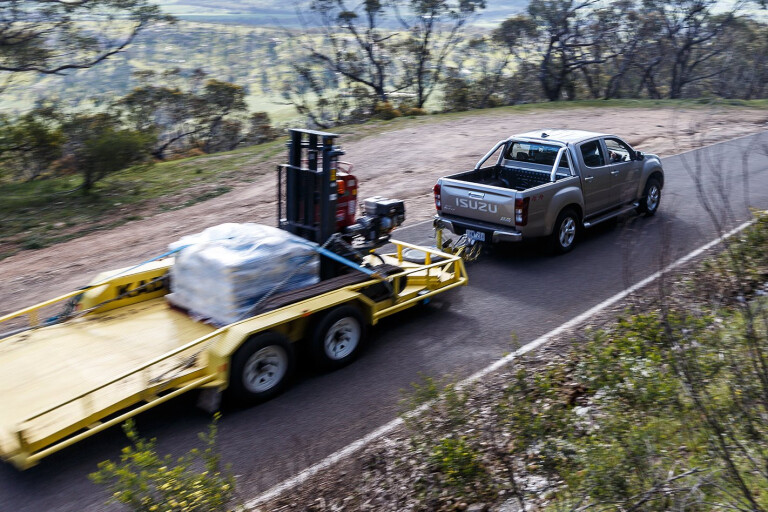
I like to physically weigh my 4WD loaded up ready for a trip to see how much payload capacity there is remaining. Not only does this keep you on the right side of the law and your insurance company, it also allows you to correctly set up your suspension if going with an aftermarket lift kit, which we’ll touch on in a bit.
If you decide the first thing you want to add is aftermarket suspension and some bigger tyres, once you add weighty accessories, there’s a chance you’ll have to redo what you’ve already upgraded, and nobody wants to spend money twice.
Safely does it
With the planning process out of the way, it’s time to talk about the first addition you should make to any 4WD. I’m talking about recovery gear and the knowledge to use it safely and correctly. Front and rear rated recovery points should be considered mandatory, with most 4WD clubs not allowing you to attend training or trips without recovery points front and rear.
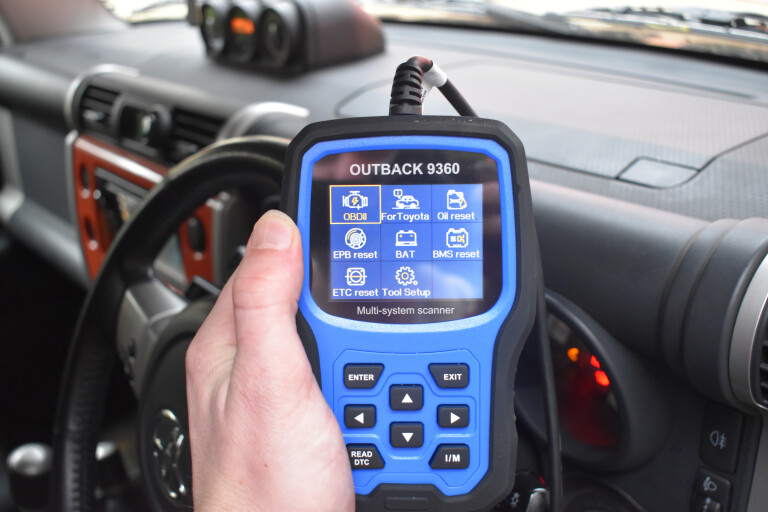
Speaking of training, if you are new to four-wheel driving and using recovery gear, do a course with either a registered training organisation or your local 4WD club. This will give you the confidence and some experience you need in a controlled environment, so you aren’t trying to figure things out when bogged on a beach with an incoming tide.
Tyre size
Larger tyres help when four-wheel driving, and fitting them is a modification many four-wheel drivers undertake for good reason.
There are legal limits as to how large you can increase your tyre diameter, which will vary from state to state, but let’s work with a fairly uniformed 50mm increase being the norm (i.e. going from the stock 31-inch tyres to 33-inch tyres).
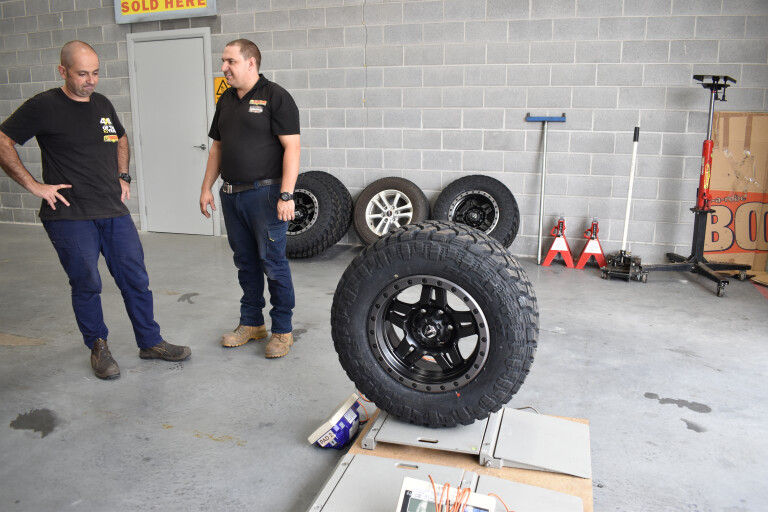
You need to decide if the amount of work required to make a tyre increase of this size is worth the effort to make them fit. In some cases, nothing is needed and you can slip them straight on, however, you could need new wheels with a different off-set to make the larger rubber fit. You might need to perform harder tasks such as body-mount chops to clear also, which will require approval from an automotive engineer.
Do plenty of research here, so you know what you could be up for when deciding to go up in tyre size. Once you do know what size tyre you want to run, they are legal and you are prepared to handle any of the fitment issues that arise, it’s all smooth sailing from here on.
With the weight added or calculated, tyre size determined, recovery points fitted as well as having recovery gear and the knowledge to use it, it’s time to look for some new suspension, exciting times.
Suspension
Suspension lift kits on their own do not allow for the fitment of bigger tyres, body lift kits do, as does bump-stop spacing. While many people believe that by fitting raised suspension you can fit bigger tyres, which is technically correct sitting statically, when the suspension cycles, it will still want to travel to the factory bump-stop positioning.
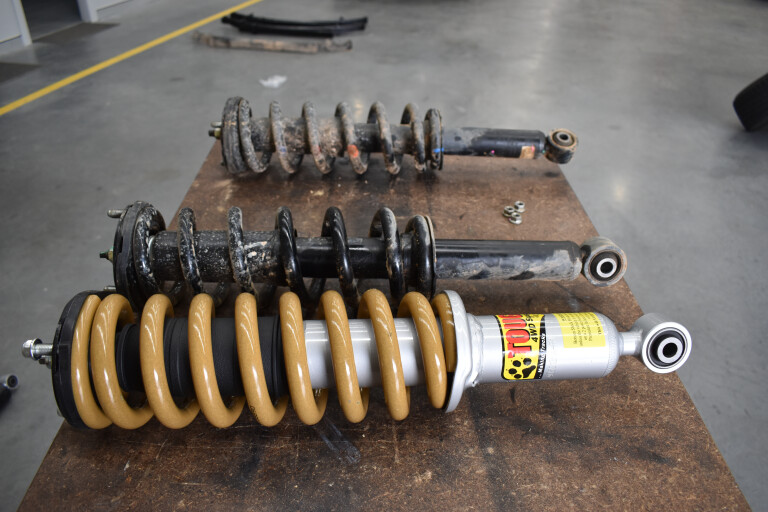
With that off my chest, fitting good quality aftermarket suspension to your 4WD is something you’ll enjoy every time you sit in the driver’s seat. Good kits will offer a better ride, more suspension travel, offer less shock fade when working hard over corrugations, and if you’ve followed my advice and know how much your now modified 4WD weighs after bolting on the accessories you need, the suspension kit can be correctly sprung to cater for this additional load.
Have a play around on a few different suspension manufacturers’ websites to see what spring rates they offer for your vehicle. A common mistake people make is asking for heavy-duty suspension, because they believe it to mean strong. Heavy-duty means a high spring rate to cope with massive loads, if you have just added a bullbar and a set of drawers to your vehicle, this will be overkill and ride terribly. Spend the time here to do this part right, it is absolutely worth the effort.
Time to make it your own
Now that you have a solid foundation, this is the time where you can add personality to your vehicle and make it your own. That could be a ripper 12V system with lithium batteries, or a roof rack with 270-degree awning and a place to store your kayak.
Perhaps camp lighting is important for your needs, or a snorkel and the most aggressive tyres you can find to make it through thick Tassie mud. There is so much available for Australian four-wheel drivers these days, it’s truly an exciting time to be involved in this scene.
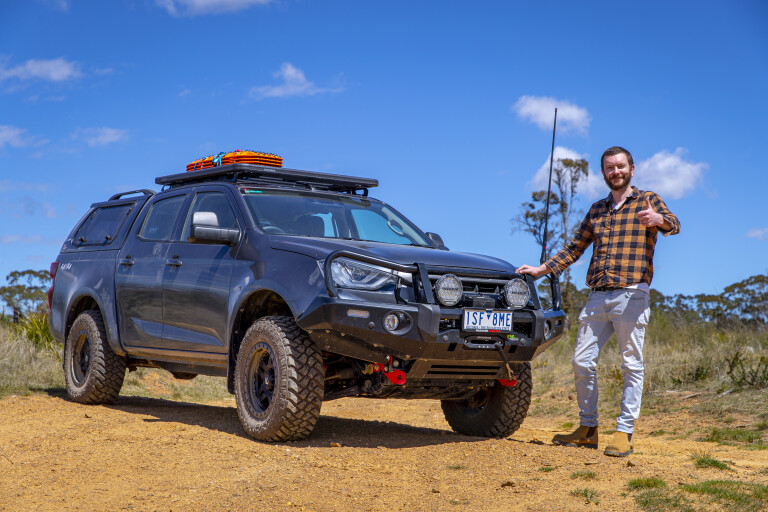
Get out there and use your vehicle so you can gain an appreciation for the work you’ve put into it, and learn what items would enhance your experience further for next time. By following the steps laid out before going to town making your 4WD your own, you’ve set yourself up for success and most likely saved yourself a bunch of cash in the process.
Lastly, it’s supposed to be fun. With the state of the world being what it is, there are massive wait times for certain products still. Walk into the process with patience, ask questions of experts in the industry, and set a budget.
By maintaining your expectations instead of getting stressed, you will achieve a far better outcome in the long run. Good things come to those who wait, and the wait is worth it when you get to see the amazing locations we have in Australia, that can only be explored with a well set-up four-wheel drive.



COMMENTS